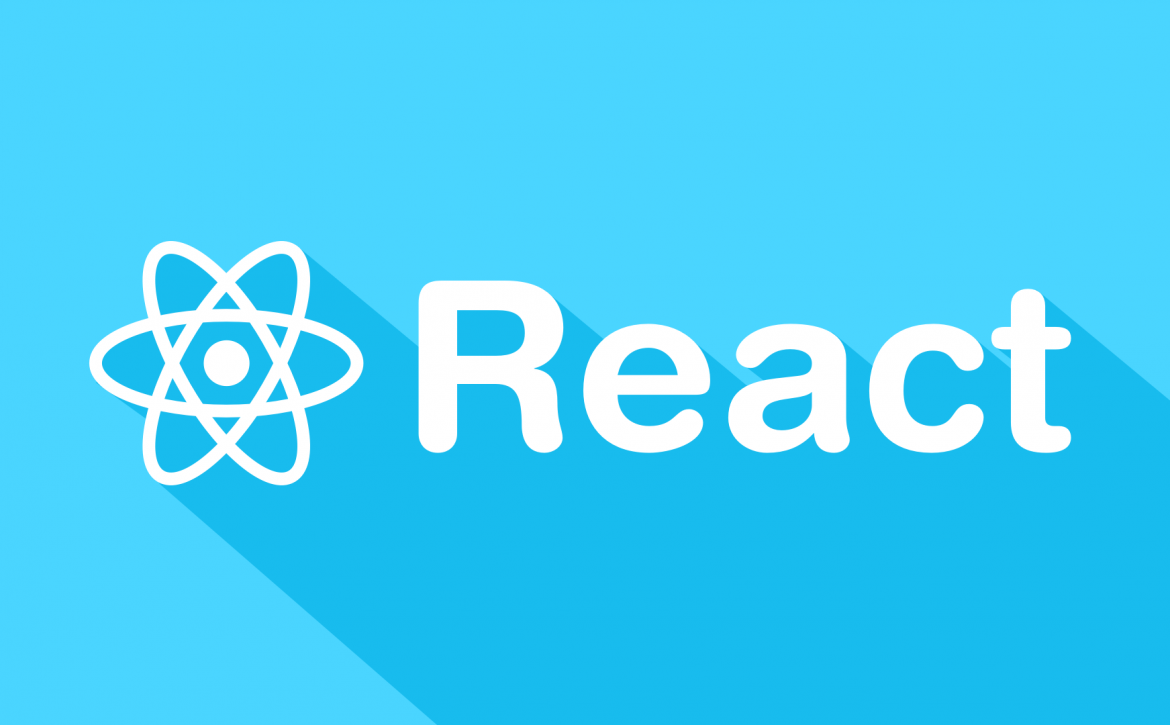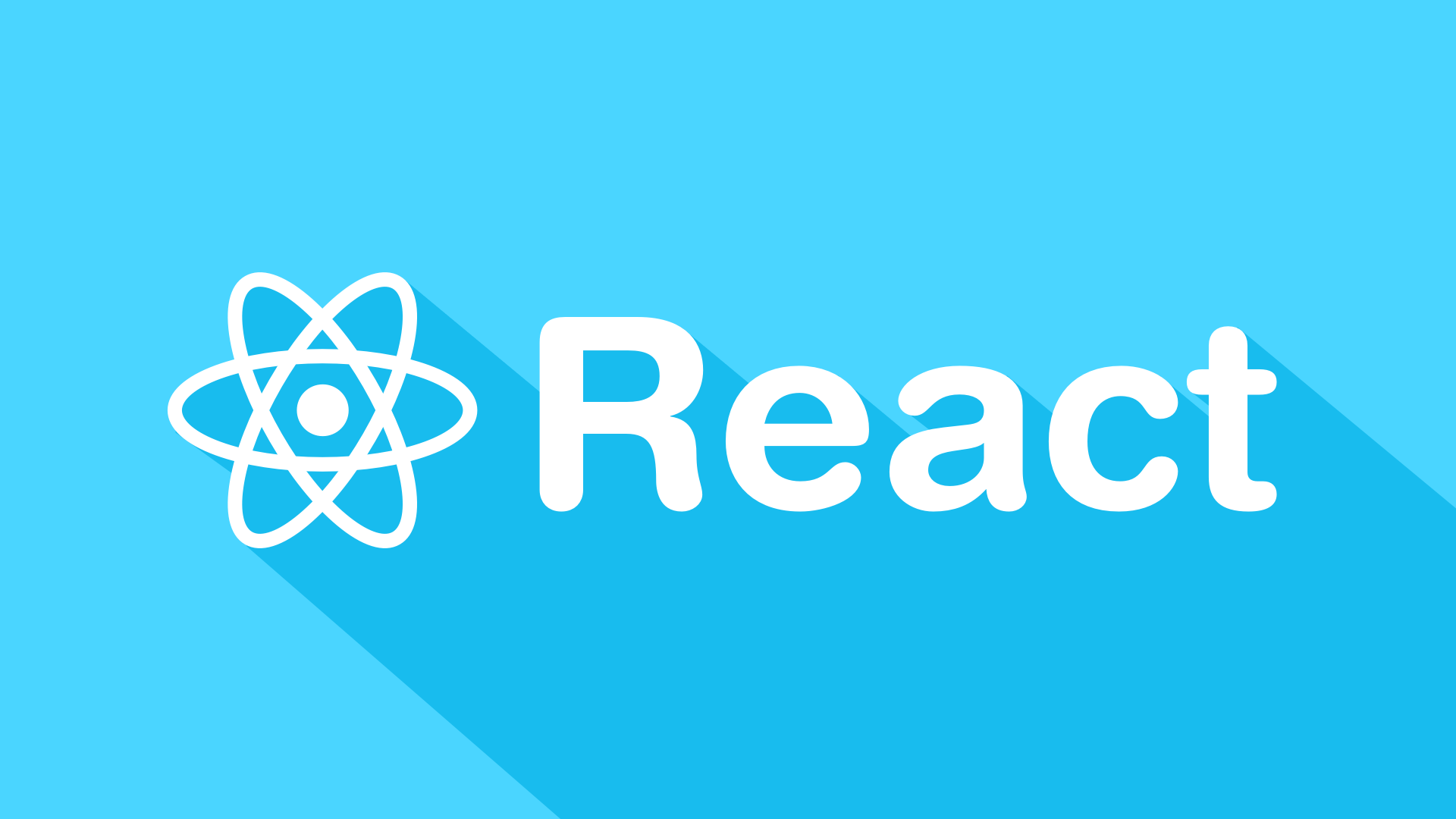React JS Trends to Look Out for in 2025: What’s Changing?
As GoodWorkLabs, we’re constantly evolving alongside React’s cutting-edge features to build performant, SEO-optimized, and future-ready applications. In this article, we’ll explore the top React JS trends for 2025, including React Server Components, Concurrent Mode, WebAssembly, and edge rendering, and showcase how GoodWorkLabs helps clients implement them seamlessly.
1. React Server Components: Shifting Logic to the Server
A major shift in React JS trends for 2025 is the adoption of React Server Components (RSC). RSC allows you to load UI components and fetch data entirely on the server, delivering HTML to the client without bulky JavaScript bundles. With Next.js v15 and frameworks like React Router v7 incorporating RSC natively, 2025 is the year this becomes standard.
Why it matters:
-
Smaller client bundles → faster page loads for users.
-
Improved SEO with server-generated HTML.
-
Simplified data access- no REST or GraphQL endpoints required.
How GoodWorkLabs uses it:
We build applications where content, data, and interactivity are split: static content is served via RSC, and dynamic parts are handled as client components. This hybrid architecture boosts performance and search engine ranking.
2. React Server Functions & Actions
React 19, expected to be broadly released in 2025, introduces Server Actions and Server Functions, enabling remote-like calls from UI components. Now, form submissions or data mutations can run safely on the server, streamlining workflows.
Benefits:
-
No extra API layer simplifies app architecture.
-
Ensures secure processing of data with clear boundaries.
At GoodWorkLabs, we leverage Server Functions in Next.js to keep UI logic clean while maintaining high security and compliance standards.
3. Concurrent Mode & Suspense: More Responsive UIs
Another key React JS trend for 2025 is Concurrent Mode with built-in Suspense. This model allows parallel rendering without blocking updates and enables intelligent loading states.
What it offers:
-
Prioritizes user interactions over background updates.
-
Delivers smooth transitions and reduced layout shifts.
-
Enhances UX for data-heavy apps.
GoodWorkLabs advantage:
We implement Concurrent Mode to create fast, polished SPAs, reducing bounce rates and increasing conversions by delivering fluid, interruption-free experiences.
4. WebAssembly + React: High-Performance Fusion
The rise of WebAssembly in React JS enables high-performance computing in-browser, ideal for tasks like data processing, gaming, and video streaming. By integrating Rust-generated WebAssembly modules into React via hooks, we offload heavy logic from the JavaScript runtime.
In action:
-
Creating high-speed data visualization tools.
-
Embedding real-time editing engines in React dashboards.
This positions GoodWorkLabs at the forefront of React WebAssembly development, delivering unmatched performance.
5. Edge Rendering in React: Global Speed & SEO
Edge rendering is a vital React JS trend in 2025, where rendering is shifted to edge locations (e.g., Vercel, Cloudflare) for low-latency global delivery.
Advantages:
-
Content served from nearest data center → faster UX worldwide.
-
Better SEO due to reduced load times.
GoodWorkLabs scaffolds modern apps with Next.js + edge deployment, optimizing both performance and organic visibility.
6. TypeScript & Improved Tooling
By 2025, TypeScript in React will have become nearly universal. Alongside advanced developer tools like Fast Refresh, Profiler, and AI-assisted editors (e.g., GitHub Copilot), development is faster and safer than ever.
Our approach:
-
Every React project uses strict typings and CI validation.
-
We integrate VSCode + AI plugins to cut development time and increase code quality.
7. Modular Rendering & Adaptive Hydration
Cutting-edge research in modular rendering and adaptive hydration is emerging in 2025. This architecture breaks UI into “islands” and hydrates only when necessary based on device or context.
Why this matters:
-
Reduces unnecessary JavaScript execution.
-
Improves Core Web Vitals like FID and TTI.
GoodWorkLabs pilots island architecture for clients with performance-critical sites, achieving up to 40% better initial load times.
8. Micro‑Frontends & Design Systems
As apps grow, micro‑frontends and shared design systems (Storybook, Bit.dev) help scale large React ecosystems. For enterprise-level projects, this ensures modularity, consistency, and team autonomy.
GoodWorkLabs helps organizations decompose monolithic frontends into modular components. Businesses that hire ReactJS developers from us benefit from scalable design systems and faster release cycles.
9. React Native New Architecture
On mobile, React Native’s new Fabric and TurboModules architecture in 2025 delivers faster load times and closer-to-native performance.
We build:
-
Metro apps with high fidelity UX.
-
Shared codebases across web and mobile.
-
Native UI via SwiftUI/Jetpack-inspired design.
Clients get faster time-to-market and unified experiences with GoodWorkLabs.
10. AI‑Augmented Development Workflows
Finally, AI in React development is on the rise. Tools like GitHub Copilot are integrated into IDEs to offer instant suggestions, code generation, and bug prevention.
Our use:
-
Automate boilerplate (hooks, GraphQL resolvers, test files).
-
Enforce standards through AI-driven code review.
-
Aid rapid prototyping during sprint cycles.
This boosts productivity while retaining high quality in every project.
Why These React JS Trends Matter in 2025
| Trend | Benefit | GoodWorkLabs’ Edge |
|---|---|---|
| React Server Components & Functions | Faster loads, SEO gains | We deliver lightweight UIs with robust data flows |
| Concurrent Mode & Suspense | Smooth, responsive UX | We reduce UI delays and bounce risk |
| WebAssembly | Near-native performance web apps | Ideal for data-heavy or compute-rich solutions |
| Edge Rendering | Global latency reduction | Improved performance and SEO |
| Modular Hydration | Optimized payload & performance | Early adopters for speed-critical clients |
| Micro‑frontends + RN | Scalable, reusable code | Enables cross-platform consistency |
| AI workflows | Developer productivity up | Faster iterations without sacrificing quality |
How GoodWorkLabs Empowers Your React 2025 Journey
-
Architecture Assessment – We audit your existing React stack, identify heavy modules, hydration bottlenecks, and evaluate if RSC, WebAssembly, or modular hydration fits.
-
Proof-of-Concept (PoC) – We build RSC or WebAssembly PoCs to validate benefits before full rollout.
-
Custom Implementation – We integrate RSC + Server Functions in Next.js, edge-deployment, and Concurrent Mode to build fast, SEO-friendly apps.
-
Tooling & QA – TypeScript, AI workflows, and CI pipeline setup ensure code quality and maintainability.
-
Cross-Platform Integration – We include mobile with modern React Native architecture and code sharing.
Final Word
The landscape of React JS trends 2025 centers on speed, modularity, and intelligent rendering. With React Server Components, Concurrent Mode, WebAssembly, and edge rendering, your React apps can be more performant and SEO-friendly than ever. At GoodWorkLabs, we specialize in architecting these next-gen applications, delivering lightning-fast, scalable, and conversion-optimized experiences that clients love.
Want to upgrade your React app with 2025’s most powerful trends? Let’s connect and build performant, scalable, and future-ready user experiences together.





